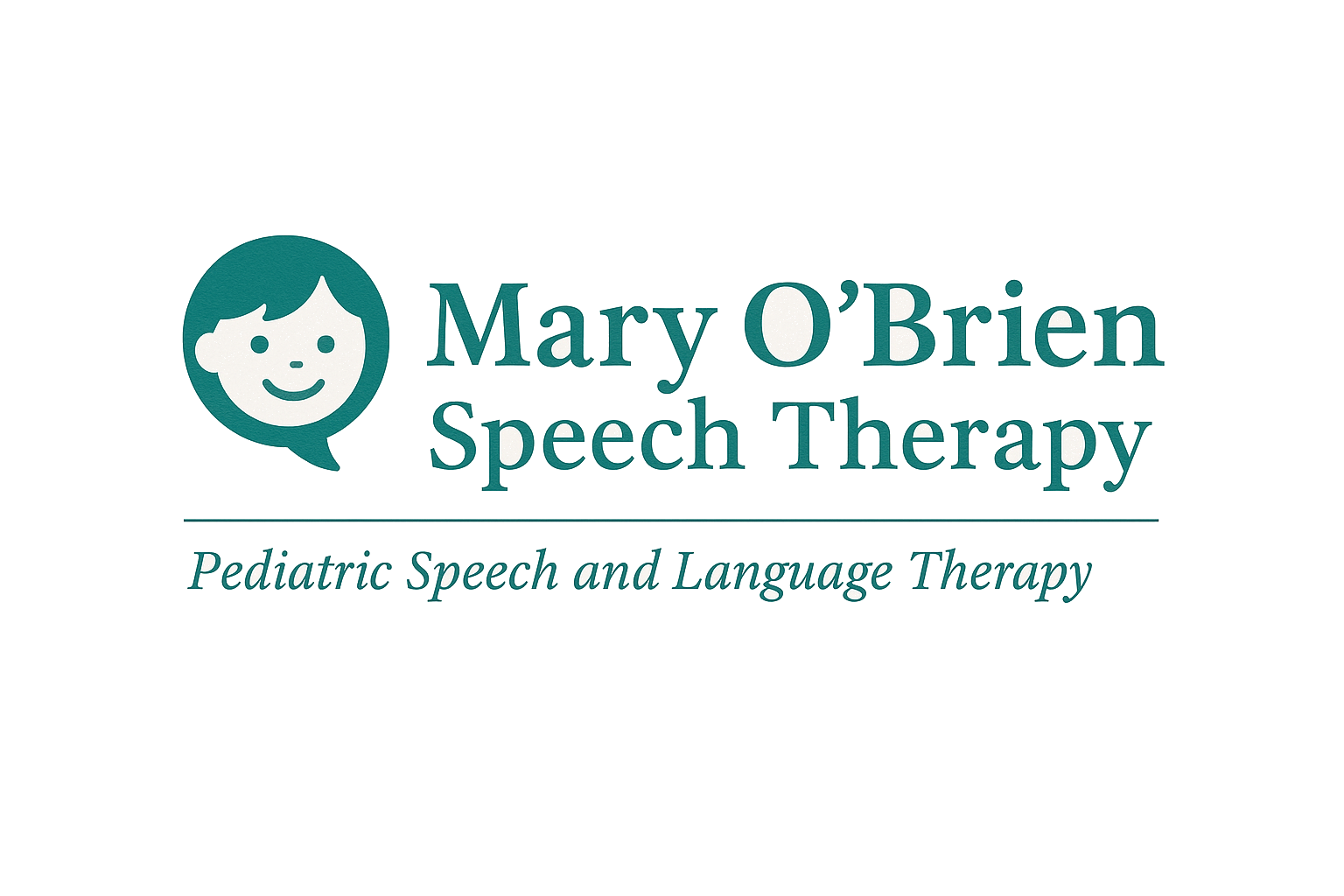Social Pragmatic Language Disorders
Effective Speech and Communication Therapy for Children
Effective Speech and Social Skills for Children
Let Us Help Your Child Thrive Socially
Communication is a social activity.
People think that if a child can speak clearly that they have no speech disorders. This is not necessarily the case. Children often have issues in social settings, talking in groups, or participating in class. Social/pragmatic communication problems manifest themselves in situations when sarcasm is being used or a joke was told and misunderstood. These types of challenges make it hard for children to connect.
We frequently help children with social-pragmatic language difficulties. Do not let a lack of pragmatic skills hinder your child's progress in school or in life. Make an appointment with us today.


How Do We Help with Social Pragmatic Language Skills? Read More Below.

SOCIAL COMMUNICATION THERAPY PLAN
Individual Treatment Plans for Social Pragmatic Skills Improvement.
Practice leads to progress.
Social pragmatic language disorder affects how a child uses language to connect with people—things like starting/keeping a conversation, reading facial expressions and tone, taking turns, staying on topic, and understanding implied meaning (“Can you open the window?” isn’t a yes/no question). I begin with a strengths-based evaluation: observation in play or conversation, structured tasks for perspective-taking, figurative language, and inferencing, plus caregiver/teacher checklists about everyday situations (playdates, group work, mealtimes). We set functional goals tied to your priorities—e.g., “join a game with a peer,” “ask for help without escalating,” or “tell a short story with clear beginning/middle/end.”
Therapy is explicit, visual, and practice-heavy. I teach the “hidden rules” of situations (who talks first, how loud, what topics fit), then we rehearse with role-play, video modeling, social narratives/comic strips, and scripts that we gradually fade. We build key skills: sharing attention, turn-taking, initiating and repairing breakdowns, staying on topic, interpreting nonverbal cues, and flexible problem-solving (“What else could you try?”). For storytelling, we use simple frameworks (first/then, who-what-where-when-why) and visual organizers. If attention or language processing makes it hard to use strategies in the moment, I add supports like checklists, timers, and concrete cues; if a child needs another way to communicate, I incorporate AAC alongside spoken language.
Generalization is the point, so practice moves quickly from the therapy room to real contexts. You’ll get short, specific home ideas (two-minute role-plays before school, a “conversation sandwich” card for greeting + topic + goodbye, or a feelings wheel to label emotions). I coordinate with teachers and, when helpful, run or recommend peer practice or small groups so skills are tried with real kids, not just adults. We track progress with simple data and self-ratings (“How did that go? What worked?”) and keep updating goals as your child becomes more confident and independent across home, school, and community.
Learn more about communication skills and disorders at the ASHA website.
REQUEST AN APPOINTMENT
Learn more about our effective speech and communication therapy for children
Fill out the form and we will contact you during our working hours.
